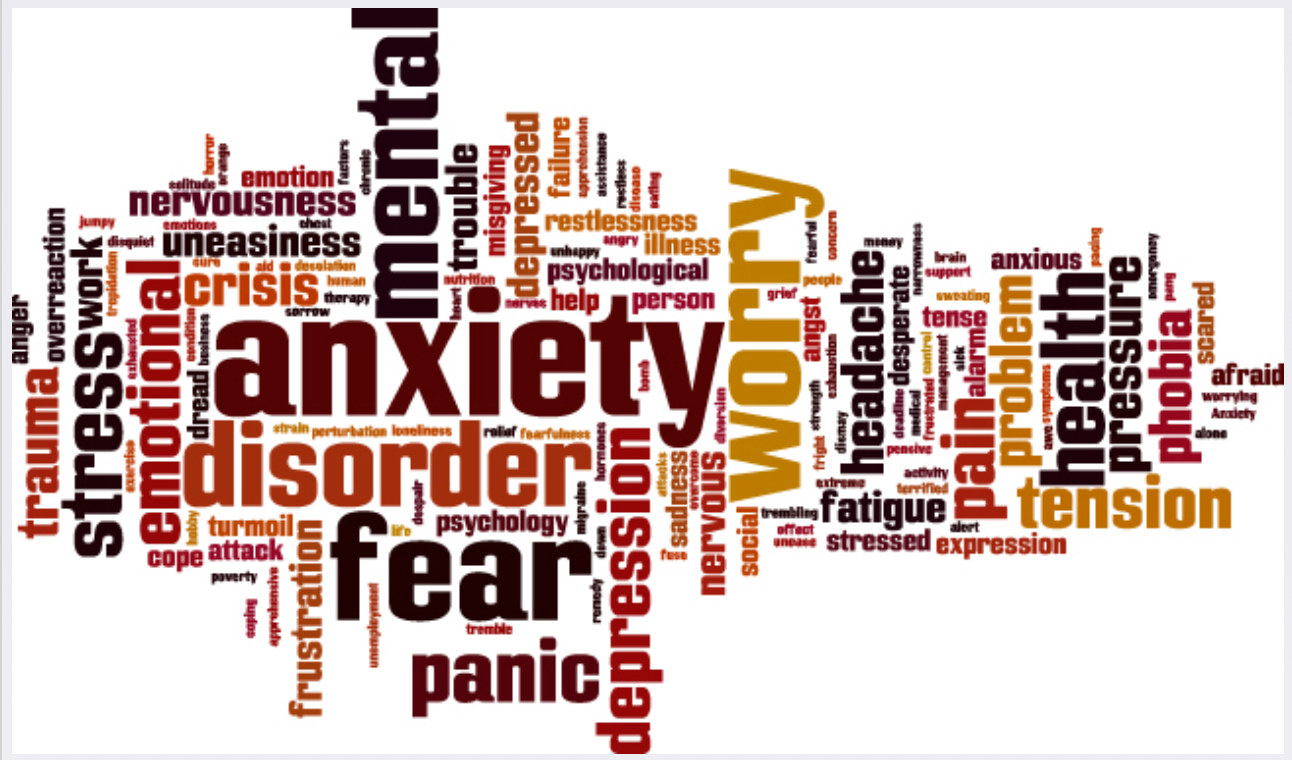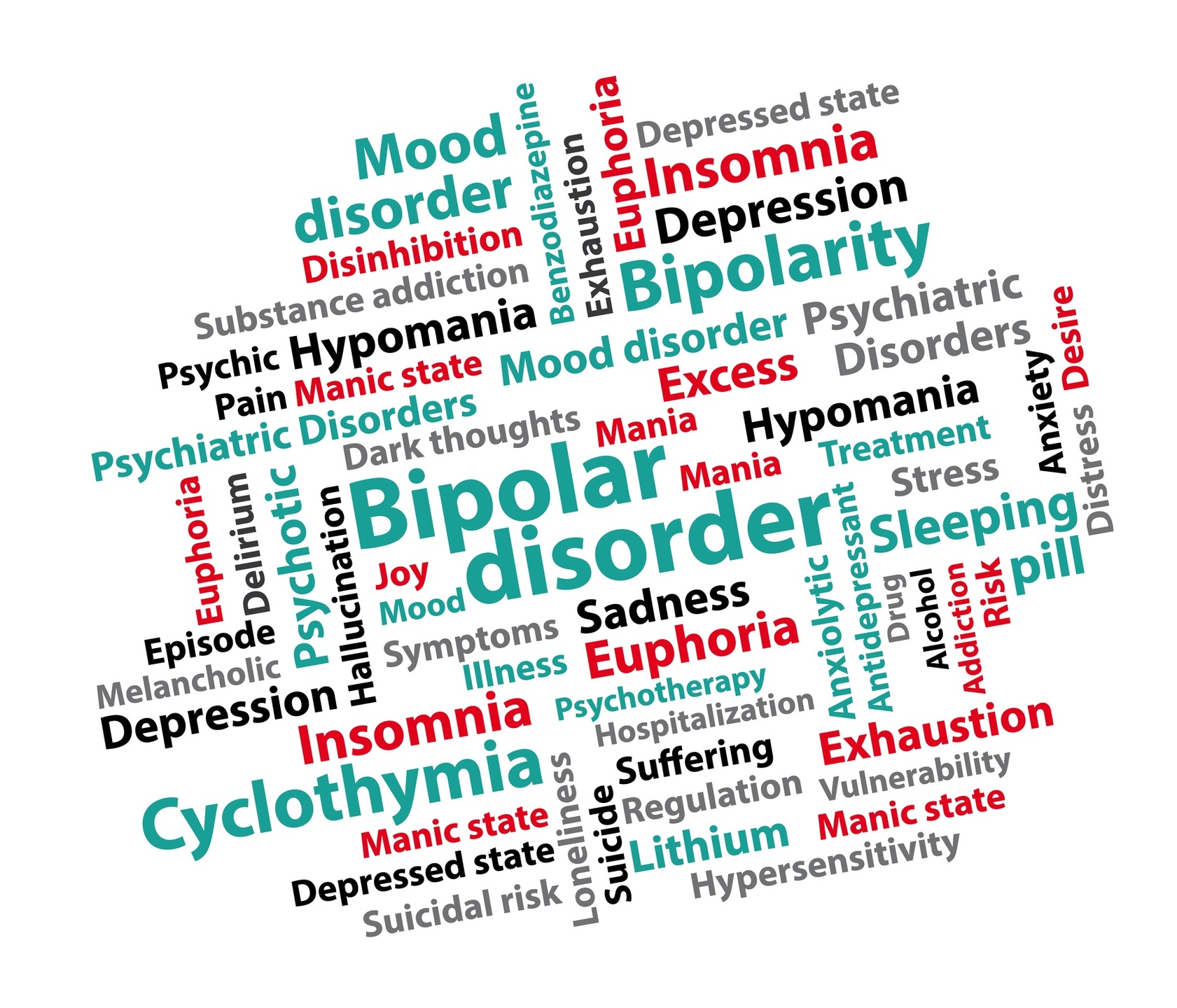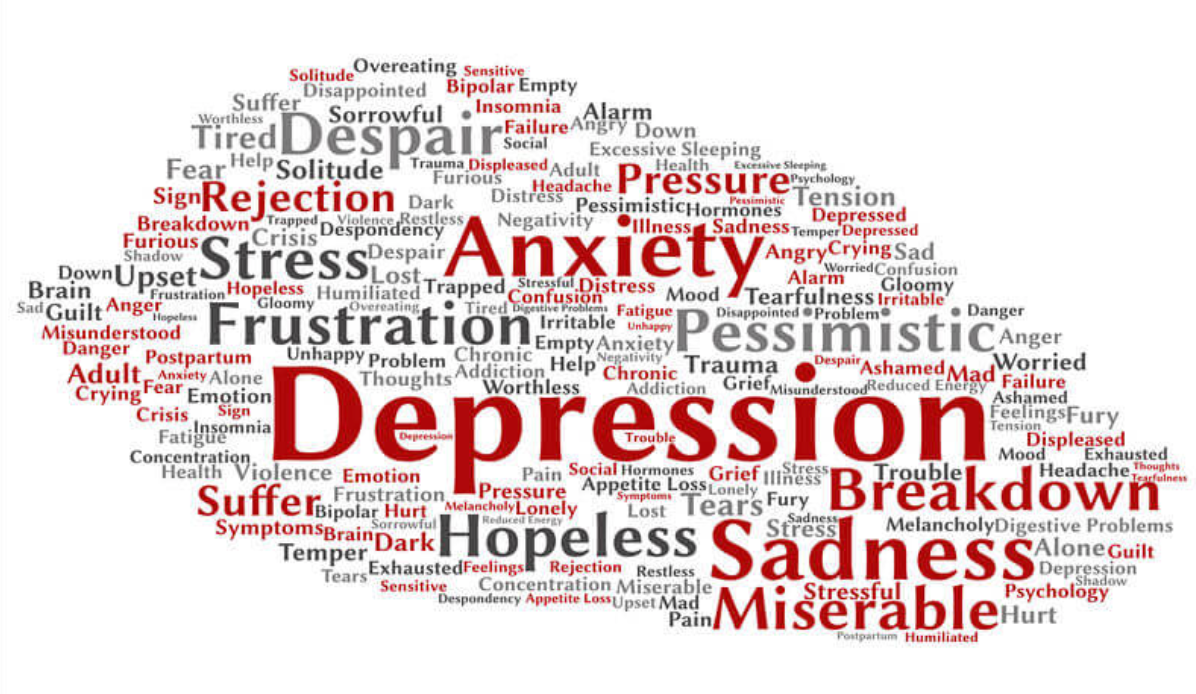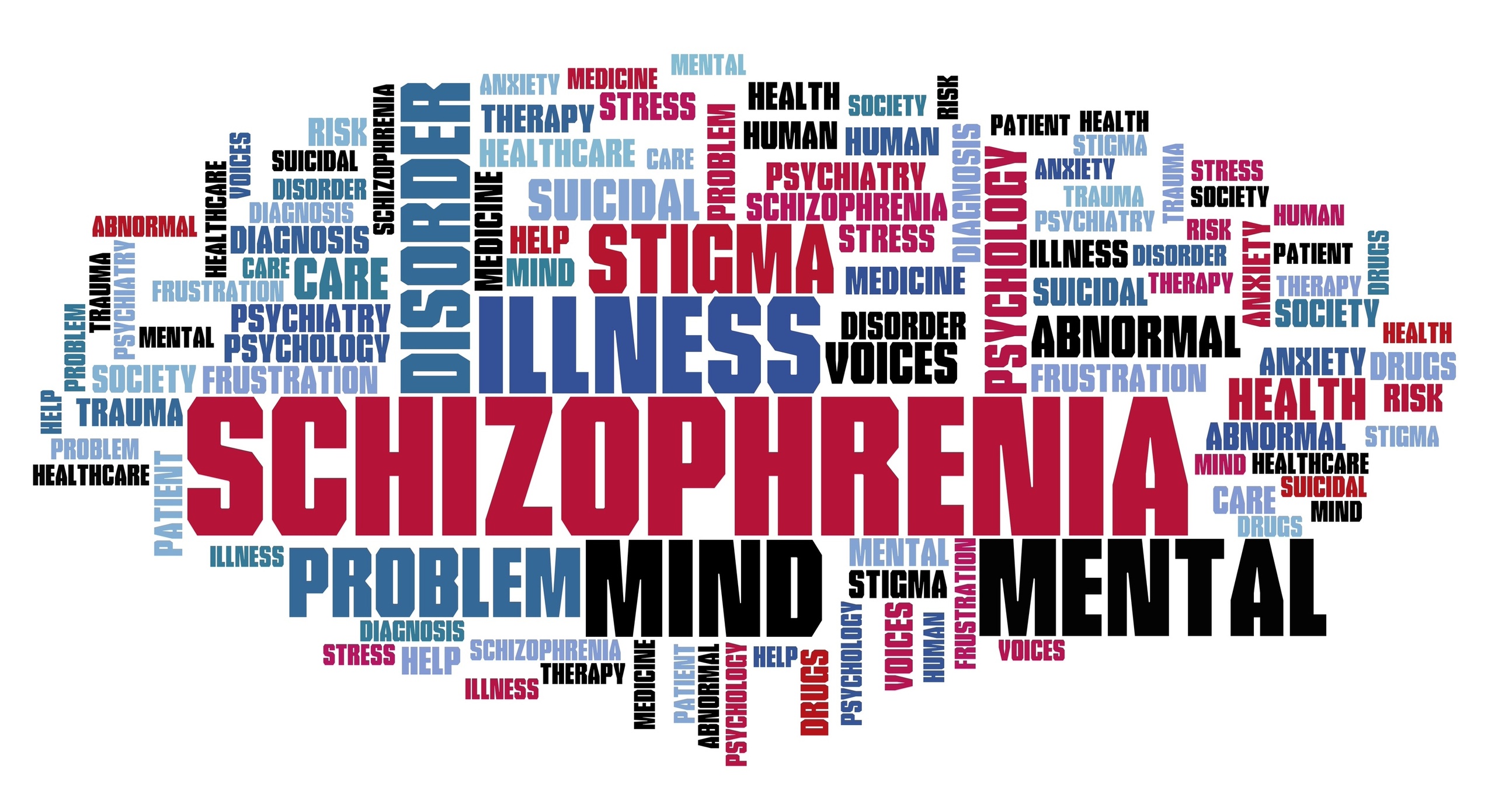Symptoms of
Mental Illness

Please note
I am not a doctor nor am I diagnosing anyone here. That can only be done by a trained medical doctor. This is here to help you be aware of the symptoms listed in the Diagnostic and Statistical Manual on Mental Illness (DSM-V). Please use the assessments at the bottom of each symptom description only as a guide. They are not to be taken as a diagnosis. Please reach out to a train medical doctor if you have any concerns.
Anxiety Disorder
A. Excessive anxiety and worry (apprehension expectation), occurring more days than not for at least six months, about a number of events or activities (such as work or school performance).
B. The individual finds it difficult to control the worry.
C. The anxiety and worry are associated with three (or more) of the following six symptoms (with at least some symptoms having been present for more days than not for the past six months):
1.restlessness or feeling keyed up or on edge.
2. being easily fatigued.
3. difficulty concentrating or mind going blank.
4. irritability.
5. muscle tension.
6. sleep disturbance (difficulty falling or staying asleep, or restless, unsatisfying sleep).
GAD-7

Bipolar Disorder
Mania
A. A distinct period of abnormally and persistently elevated, expansive, or irritable mood and abnormally and persistently increased activity or energy, lasting at least 1 week and present most of the day nearly every day (for any duration if hospitalization is necessary).
B. During the period of mood disturbance and increased energy or activity, three (or more) of the following symptoms (four if the mood is only irritable) are present to a significant degree and represent a noticeable change from usual behavior:
1. inflated self-esteem or grandiosity.
2. decreased need for sleep.
3. more talkative than usual or pressure to keep talking.
4. flight of ideas or subjective experience that thoughts are racing.
5. distractibility (i.e. attention too easily drawn to unimportant or irrelevant external stimuli), as reported or observed.
6. increase in goal directed activity (either socially, at work or school, or sexually).
7. excessive involvement in activities that have a high potential for painful consequences (e.g. engaging in unrestrained buying spree's, sexual indiscretions, or foolish business investments).
C. The mood disturbance IS sufficiently severe to cause marked impairment in social or occupational functioning or to necessitate hospitalization to prevent harm to self or others, or there are psychotic features.
D. the episode is not attributable to the physiological effects of a substance (such as a drug of abuse, or medication, other treatment) or to another medical condition.
Note: a full manic episode that emerges during anti-depressant treatment but persists at a fully syndromal level beyond the physiological effect of that treatment is sufficient evidence for a manic episode and therefore a bipolar I diagnosis.
Note: Criteria A-D constitute a manic episode. At least one lifetime manic episode is required for the diagnosis of bipolar I disorder.
Young Mania ScaleDepression
A. Five or more of the following symptoms have been present during the same two-week period and represent a change from previous functioning; at least one of the symptoms is either (1) depressed mood or (2) loss of interest or pleasure.
1. Depressed mood most of the day, nearly every day, as indicated by either subjective report such as feeling sad, empty, or helpless or observation made by others such as appears tearful.
2. Markedly diminished interest or pleasure in all, or almost all, activities most of the day, nearly every day (as indicated by either subjective account or observation).
3. Significant weight loss when not dieting or weight gain (such as a change of more than 5% of body weight in a month), or decrease or increase in appetite nearly every day.
4. Insomnia or hypersomnia nearly every day.
5. Psycho motor agitation or retardation nearly every day (observable by others; not merely subjective feelings of restlessness or being slow down).
6. Fatigue or loss of energy nearly every day.
7. Feelings of worthlessness or excessive or inappropriate guilt (which may be delusional) nearly every day (not merely self-reproach or guilt about being sick).
8. Diminished ability to think or concentrate, or indecisiveness, nearly every day (either by subjective account or as observed by others).
9. Recurrent thoughts of death (not just fear of dying), recurrent suicidal ideation without a specific plan, or a suicide attempt or a specific plan for committing suicide.
B. The symptoms caused clinically significant distress or impairment in social, occupational, or other important areas of functioning.
C. The episode is not attributable to the physiological effects of a substance or another medical condition.
PHQ-9

Schizophrenia
A. Two (or more) of the following, each present for a significant portion of time during a 1- month period (or less if successfully treated). At least one of these must be (1), (2), or (3):
1. Delusions
2. Hallucinations
3. Disorganized speech (such as frequent derailment or incoherence).
4. Grossly disorganized or catatonic behavior.
5. Negative symptoms (for example diminished emotional expression or evolution).
B. For a significant portion of the time since the onset of the disturbance, level of functioning in one or more major areas, such as work, interpersonal relations, or self-care, is markedly below the level achieved prior to the onset (or when the onset is in childhood or adolescence, there is failure to achieve expected level of interpersonal, academic, or occupational functioning).
C. Continuous signs of the disturbance persist for at least 6 months. This 6-month period must include at least 1 month of symptoms (or less if successfully treated) that meet Criterion A (i.e. active-phase) symptoms and may include periods of prodromal or residual symptoms. During these prodromal or residual periods, the signs of the disturbance may be manifested by only negative symptoms or by two or more symptoms listed in Criterion A present in attenuated form (such as odd beliefs, unusual perceptual experiences).
D. Schizoaffective disorder and depression or bipolar disorder with psychotic features have been ruled out because either (1) no major depressive or manic episodes have occurred concurrently with the active phase symptoms or (2) if mood episodes have occurred during active phase symptoms, they have been present for a minority of the total duration of the active and residual periods of the illness.
E. the disturbance is not attributable to the physiological effects of a substance (such as a drug of abuse, a medication) or another medical condition.
F. If there is a history of autism spectrum disorder or a communication disorder of childhood onset, the additional diagnosis of schizophrenia is made only of prominent delusions or hallucinations, in addition to the other required symptoms of schizophrenia, are also present for at least 1 month (or less of successfully treated).
PANSSPlease Note:
This website is not a replacement for professional diagnosis, medication, or therapy. The advice and coaching we provide is for educational and informational purposes only and should not be considered medical, legal or financial advice. We ask that you seek the advice of a licensed medical professional before making lifestyle changes or deciding upon the right treatment options for you, your child or another ill family member.

